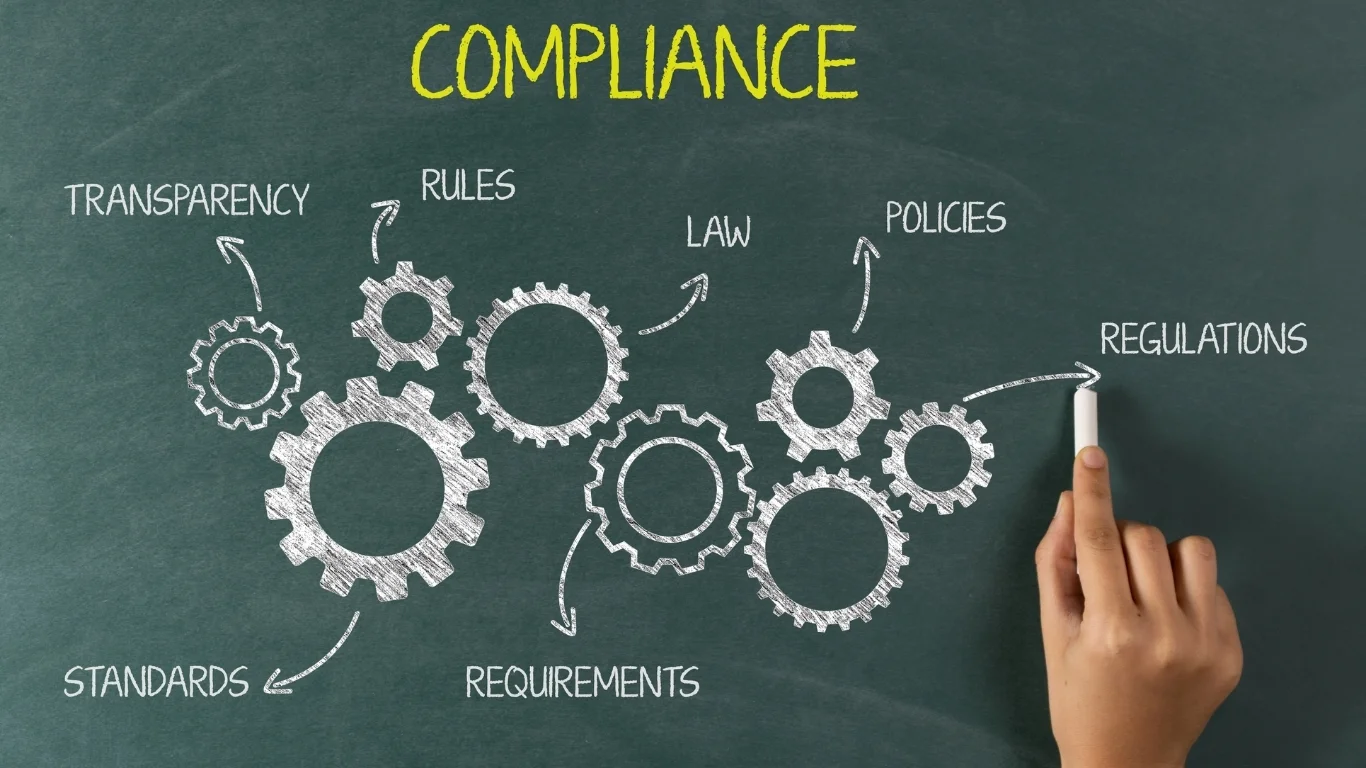Introduction
As compliance becomes increasingly vital to maintaining business, throughout the fast digital age of industry standards. This is where a Compliance Management System (CMS) comes into place. Our incredible value proposition is due to our focus and commitment on industry-specific compliance. In the meantime, this guide will take you through what a CMS is and why it matters so much — as well as how to work with one successfully.
What A Compliance Management System?
A Compliance Management System (CMS) is a formalized method for business awareness and implementation of standards, laws & regulations. To do this, An Effective Compliance Management Program brings about the establishment of rules or protocols and subsequently provides structure by means which aims to keep your business compliant with any applicable laws.
Key Components of a CMS
- Policies and Procedures- These are written guidelines on how to ensure compliance.
- Education and Communication- Training staff in compliance-related requirements on Cancelled
- Planned Monitoring- how the facility is regularly measured as well as improved upon.
- Reporting and Documentation- Recording details of compliance endeavours, as well as any nerve-frazzle matters.
- Implementation and Enforcement- Ensuring that everyone follows the culture, Aggression handling.
What Can You Do with a Compliance Management System?
Compliance is only one of the aspects to look at when considering a CMS implementation— it’s about protecting your business and reassuring stakeholders that they can trust you. Here’s why a CMS is crucial,
Avoid Legal Issues
Failure to comply may result in severe legal ramifications, such as monetary penalties and potential lawsuits. A strong CMS can help you avoid these pitfalls by ensuring that your site meets all necessary legal standards.
Enhance Business Reputation
It enhances the reputation of your company, to comply with industry standards. We naturally tend to trust a company that shows respect for compliance more than one that does not.
Increasing Operational Efficiency
A CMS makes the process more efficient and reduces redundancy. With the right processes and guidelines in place, your business can run more seamlessly.
Protect Against Risks
Compliance management provides control over risks and helps to identify & mitigate it. This approach is even more of a proactive measure, before any issues escalate into big trouble.
Creating a positive work culture
A properly executed CMS establishes what it is that employees need to be compliant with, which makes for a more organized and efficient workforce.
Procedure to introduce a Compliance Management Process
There are several foundational steps in setting up a CMS. The Key Simple technique to setting up a powerful system in your business,
Compliance Standards Requirement
You must first understand what regulations or standards affect your industry. This might encompass local, national or international law depending upon the extent of your business.
Investigate Industry Benchmarks- Besides, find out about benchmarks particular to your organization.
Consult Legal Counsel- Creditors Council can help you navigate the ground, meet with professionals to be fully aware of all legislation in action.
Create Policies and Procedures
Develop a consistent set of policies and procedures that are mirrored on the compliance requirements.
Draft Clear Policies- Provide detailed write-up on how your business will fulfil the respective requirement.
Create a SOP- Standard operating procedures are necessary to implement the operational policies.
Train Your Team
Training is one of the most important aspects to every CMS. Make sure that compliance policies and everyone’s responsibility is clear to all the employees.
Provide Regular Training- Provide training and re-training sessions to keep employees in the know.
Simple- Compliance concepts can be explained using the most straightforward language and practical examples.
Monitor and Audit
You also must keep an ongoing eye on your CMS and audit it from time to time as well.
Monitoring Systems- Implement tools and techniques to measure compliance in real-time.
Schedule Audits- Perform internal and external audits to evaluate levels of compliance with all policies.
Report and Document
We also keep a record of our compliance work and any concerns that arise.
Keep documentation- Write down all policies, training sessions conducted and their attendance number as well as audit results.
Prepare Reports- Regularly prepare reports on the status of compliance and areas for improvement.
Enforce and Improve
Making sure policies are enforced and always thinking about how to make your CMS better every day.
Remediate- Deploy disciplinary action for any compliance violations.
Ask for Feedback- Keep requesting feedback, and continue to refine the CMS framework on this basis as well as audit results.

Compliance Management Best Practices
Read on for better ways to make sure your CMS is valuable!
Stay Informed
The regulations have a habit of changing, so its best to keep up with any news or new requirements!
Stay Tuned- Subscribe to industry newsletters and updates.
Attend Workshops- You can attend Workshops, give your presence at the Product related workshops and conferences.
Engage Leadership
Compliance is not a dictatorship, it takes the whole organization at all levels to fulfill that commitment.
Get Executives Involved — Senior management should be engaged and supportive of the CMS.
Cultivate a Compliance Culture- Establish an organization-wide culture where compliance is not just encouraged but also embraced.
Use Technology
Use technology to support your CMS and alleviate compliance management.
Leverage Compliance Software- Streamline compliance tracking and reporting with the help of software.
Enforce Security Of Leading Practices- It keeps your compliance-specific sensitive information safe.
Encourage Open Communication
Foster an environment where employees are encouraged to report compliance concerns.
Establish Reporting Mechanisms- Create avenues for confidential reporting.
Make Transparency a Core Value- You need to talk openly about compliance and ethics.
Review and Update Regularly
As your business and the regulatory environment that affects you changes, a CMS should change.
Complete Regular Reviews- Consistently evaluate how your CMS is performing.
Update Policies — Make updates to policies and procedures as needed based on reviews / feedback.
Conclusion
It is mandatory for the company to have a Compliance Management System where it meets industry standard, competition laws & regulations. Securing your content with strong CMS will save you from all the legal consequences, damage to corporate image and develop capacity problems.
Experience Management is a critical function of our Strategy Tech team and at the heart of user-centric digital business innovation. The steps and best practices described here can help you create a compliance system that grows along with your business, ensuring continued stability.



